Modern morticians need to be “Facilitators of Choices”

I’m guessing that if somebody asked you to picture an “old time mortician” in your mind, you might think somewhat like I do and picture that pioneer mortician so often portrayed from the days of the United States westward expansion during the 2nd half of the 1800’s.
That time period between 1850 and 1900 is also so often the time period that today’s 4th and 5th generation funeral establishments got their start. Our funeral home started in 1872 as a cabinet shop in a pioneer community when my grand-grandfather was asked to use his cabinet building skills to build a coffin for the deceased.
I’m guessing that there was not much funeral directing involved but maybe he would be asked to lay the deceased in the casket and bring the casket to the cemetery for burial. I’m also guessing that in that time period families probably were responsible for digging the graves of their loved ones. So, you could say that my great-grandfather and many like him received their renumeration for the funeral task, for the most part, in the building and sale of the coffin.
But things eventually evolve and business models also evolve. That is apparent in the funeral business. Embalming became more into practice and families “viewed” the body. That’s what probably led to the construction of “funeral homes” and, as churches in America organized and built, they became a great place for a funeral service.
That’s probably when charging for “funeral services” came into vogue. . . . funeral merchants now had embalming to sell, and the use of facilities to sell, and the other service that accompany laying one to rest via earth burial also were able to be billed to the family. But, the services were not the total. . . there was also the retail merchandise, such as caskets to be sold. At that time these caskets were probably not built by the propietor, like my great-grandfather, but were probably purchased wholesale from companies like Batesville Casket Company which started in 1884.

Tom Anderson
Funeral Director Daily
So, from this time of the late 1800’s all the way up to the “Funeral Rule” time of about 1984, most funeral homes collected fees for services and merchandise, generally under a casket price point that included all services necessary for the conduct of the “complete funeral”. I can remember starting funeral director work in 1980 and our charges were based on the casket selected with selection room price cards placed in each casket stating, “This casket and all services” and then the one price that included it all.
Growing cremation dispositions and the Federal Trade Commission funeral rule changed that practice into the practice that many still use today which is itemized pricing for services performed plus the merchandise one chooses. Client families can opt in and out for such things as on-site visitations the night before the funeral. For the past 40 plus years funeral homes have priced and provided services on that type of platforms. . . with some nuances.
In essence people came to funeral homes when a death occurred and funeral homes have, for the past 150 years, sold that family the services and merchandise that “we provided” and received payment for that. Funeral homes were the “Death Merchants”.
Businesses evolve and I think the funeral home business model is continuing to evolve and doing so rapidly. If you read this recent article from Funeral Director Daily you will note that University of Minnesota Mortuary Science faculty member Janet McGee has opined “that consumers are now “harnessing their power to “pull” what the consumer wants” from the business when it comes to death care choices – which is not always the services offered”.
I think that thought or message is a stark change from when I served as a funeral director. To me it says that many consumers no longer want what funeral homes have traditionally been merchants of, but will come to funeral homes to help them “facilitate the choice of services that they do want”.
Again, funeral homes have traditionally been merchants of caskets, vaults, funeral services, and cremation services. But consumers are now coming to funeral homes for all kinds of other things. Their entrance to your funeral home might even be after they have had the disposition via direct cremation at a discount cremation operation.
What are some of these consumers coming for? It might be as simple as an urn or for the creation of an event for a later date memorialization or celebration. Or maybe it’s about the idea of having one’s cremated remains be blasted into space or laid to rest in a forest. . . Maybe it’s for a disposition such as alkaline hydrolysis or natural organic reduction that your state does not yet allow. . . . .They’ve heard of that, they want that, and expect you, as a death care professional, “to facilitate” their wishes for them.
If you don’t think our business models evolve then you have not seen the business models in the cable/streaming viewing universe, or the business models in medicine with electronic charts and virtual examinations, or the business models of dinner for many with the delivery options to bring the dinner to them. . . . .
Funeral directors/morticians and the way our customers see us is also evolving. . . .We are no longer the “Pioneer funeral director” or the “Merchant of Death”. We are becoming the “Facilitators of Choices” that they are looking for guidance and advice from. Be aware of that.
More news from the world of Death Care:
- Fire damages Fayetteville crematorium. The Fayetteville Observer (NC)
- Green Burial: An eco-friendly option increasingly embraced by families and faith communities. Second Wave (MI)
- How cemeteries are underratted parks you can respectfully enjoy. Outside
- Town marks openeing of first cemetery since 1898. BBC (Great Britain)
- Funeral director ‘truly humbled” by award nominations. The Correspondent (Great Britain)
- Saved from cremation in Arizona. Chabad.org
Enter your e-mail below to join the 3,041 others who receive Funeral Director Daily articles daily:
“A servant’s attitude guided by Christ leads to a significant life”









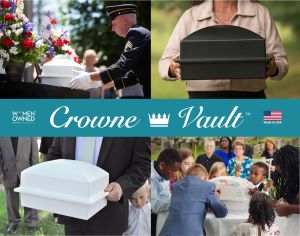



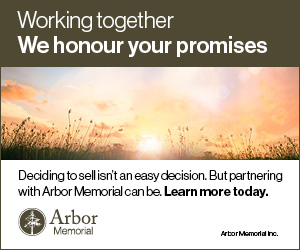


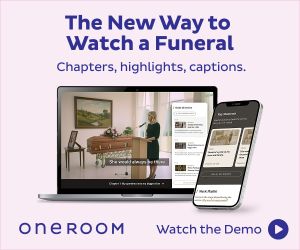

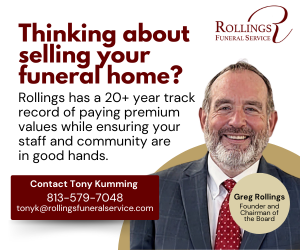

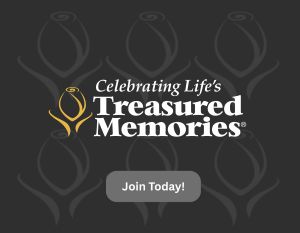
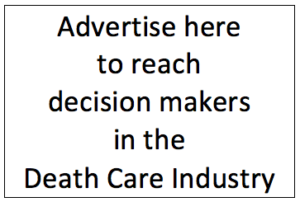
Unfortunately funeral homes are stuck in the business plan of offering families a building, a box and a Bible or in other words we have facilities,here’s a box that we can place your loved one in (either a casket or urn) and if you don’t have a minister we will provide one for you. These things are not ad relevant as today as they were years ago. We base arrangement conferences a newspaper notices that aren’t very relevant. In my 40 years in the funeral service I don’t think it’s changed too much, there’s been a death and people don’t know what to do. The problem is still the same it’s just our solutions need to be different. They may have an idea, but what they’re looking for is some guidance or another words a plan. As many of us who have been in this profession for any time realize that things on TV or in the movies but it doesn’t always pan out that way. People still want funerals but they just don’t want them like they were in 1984